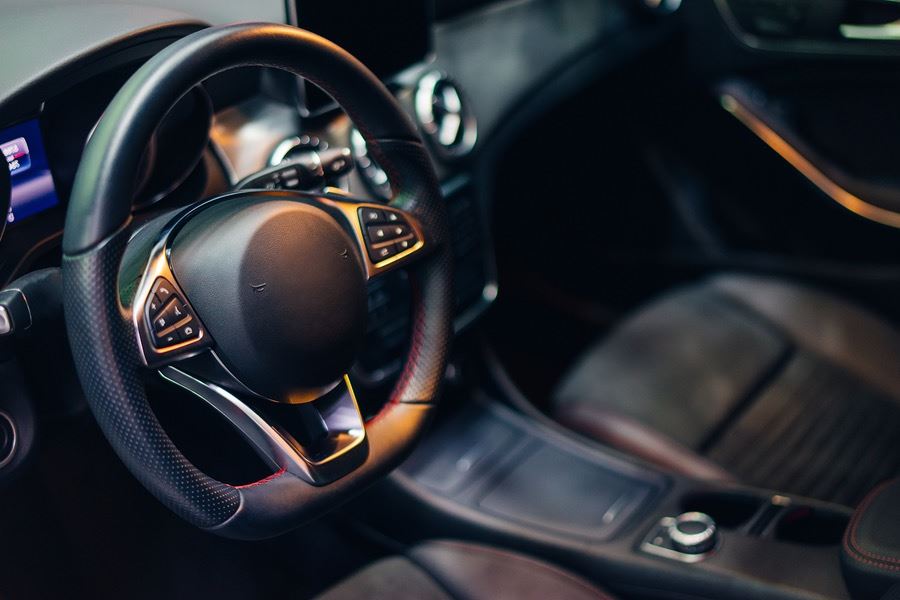 The modern automobile is a technological marvel. Anti-lock brakes allow drivers to brake on slick surfaces while retaining control of the car. Airbags keep passengers from slamming their heads into dashboards during a crash. And automatic emergency braking systems sense potential collisions and initiate braking.
The modern automobile is a technological marvel. Anti-lock brakes allow drivers to brake on slick surfaces while retaining control of the car. Airbags keep passengers from slamming their heads into dashboards during a crash. And automatic emergency braking systems sense potential collisions and initiate braking.
But what happens if these car safety features fail? Fortunately, drivers and passengers may receive financial compensation for their injuries by suing the manufacturer.
How to Prove a Defect
Car safety features should work as advertised. When they don’t, they can cause injuries—to you and to others. However, to receive compensation, you need to do more than point to your injury. Instead, you will probably need to show that the car was defective because the safety feature did not work as designed or manufactured. If you bring a strict products liability lawsuit, you will need to pinpoint some defect, such as:
- Defective design. The car or safety feature was manufactured and assembled according to its design, but something about the design made the feature malfunction.
- Defective manufacture. Maybe nothing is wrong with the design, but the part or car was assembled in a defective manner.
In your lawsuit, you can sue the manufacturer of the part as well as the manufacturer of the car. For example, an automobile manufacturer might install anti-lock brakes made by a different company. In this situation, you might hold both the manufacturer of the part and the car manufacturer liable.
As part of a strict products liability lawsuit, you can sue anyone who moved the vehicle along the stream of commerce, including:
- Distributors
- Wholesalers
- Retailers
In California, you might also hold someone responsible for the safety failure for negligence or breach of warranty. These will require that you show a different set of facts.
Compensation for Your Injuries
If you can convince a jury that someone bears responsibility for the defective auto product, then you can receive compensation for your injuries, including economic and non-economic damages.
Economic damages include:
- Medical bills
- Future medical care
- Lost wages
- Lost future wages if you can’t return to your old job
You might also qualify for non-economic damages such as pain and suffering, which covers:
- Physical pain
- Emotional distress
- Inconvenience
- Disfigurement
- Lost enjoyment of life
The key is gathering enough evidence to prove both economic and non-economic damages. For example, hold onto all medical bills and receipts to prove how much medical care you have paid for, as well as information regarding medical expenses paid by insurance or any other party. To prove pain and suffering, you can use testimony from your therapist or friends and family to establish how the injury has damaged your life.
Speak With a Personal Injury Lawyer in Los Angeles, California
Many manufacturers highlight their cars’ safety features when marketing to the public. As a result, consumers rely on these cars to work as expected while on the road. If your vehicle’s safety features fail, the law may entitle you to compensation.
